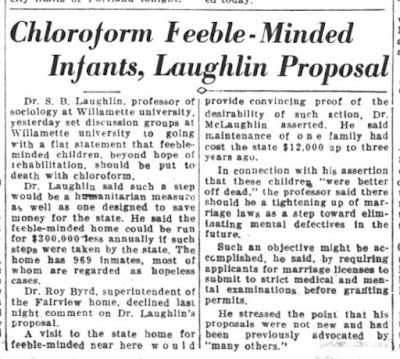100 years ago the afternoon paper editorialized on "the deadly auto," comparing its casualties to those in World War I. "It is apparent that the auto is a more deadly weapon than all the paraphernalia of modern warfare."
 |
| November 29th, 1924 |
It is hard not to think that the piece was prompted by and in response to a piece in the New York Times a week earlier. (Historian Peter Norton observed its 100th anniversary recently.)
That piece in the NYT starts out:
The horrors of war appear to be less appalling than the horrors of peace. The automobile looms up as a far more destructive piece of mechanism than the machine gun. The reckless motorist deals more death than the artilleryman. The man in the street seems less safe than the man in the trench.
Both make the comparison to war, and it does not seem likely they both are responding to a common source. The afternoon paper must depend on the NYT piece. The Commerce Department and Secretary Hoover, which the NYT references, would not probably make that comparison.*
 |
| NY Times, November 23rd, 1924 |
The piece here, though, already mystifies causes, focuses on individual failures in judgement, and avoids the word "speed." At the same time it points to the machine itself, the "deadly auto," it blames users and bystanders in "reckless driving" and "pedestrian carelessness." Its lack of clarity hides much, displacing and diffusing real causes.
- For more on the AAA's propaganda and reframing, "In 1924 AAA Reframes Safety for Motorist Innocence, with Kids as Intruders on Road"
- And on death cars in mid-1920s literature, "Daisy and the Great Gatsby's Beau Monde: Careless, but not Carless" (2012)
There were other interesting items in the afternoon paper that day.



























